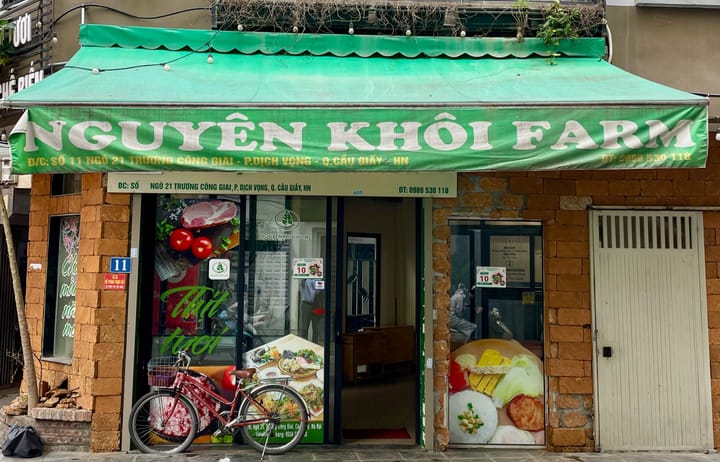Business Development in Renewable Industries – toward sustainable solutions that minimise carbon emissions and boost rural employment
As the United Nations Climate Change Conference (7-18 December 2009) begins this week, I am reminded of a business I came across the other day in the small town of Ladybrand in the Free State Province of South Africa. Willi’s Energy Savers began thirty years ago making solar hot water systems.
While manufacturing these systems in a small town four hours drive from Johannesburg might not seem the most strategic location for a business of this kind, Willi does not believe location has been his main problem. Instead, he cites years of low, government-subsidized electricity prices as the principal reason for a modest demand for his product.
With Eskom––South Africa’s sole government-owned electricity provider––now facing the repercussions of years of subsidised power and a lack of investment into future power generation needs, South African electricity consumers are bracing for major hikes in the cost of power: indeed Eskom has proposed a 45% hike in tariffs per year over the next three years (although this is currently being contested). As a result, demand for Willi’s products is increasing and likely to explode.
Subsidised power may have made South Africa a more attractive proposition for foreign investment, and local consumers (both business and domestic) have not complained either, but it has clearly distorted the market and the long-term effects of this are yet to be counted. While governments and business (mainly big business) will continue the discussion in Copenhagen this week about an appropriate response to global climate change, the role of government policy in creating incentives for further investment in renewable industries is likely to be a key item.
South Africa emits more carbon per capita and per GDP than any other country; energy intensity is about twice the global average, and is mostly based on coal. Coal provides 92 percent of all South Africa’s electricity. However, South Africa is not alone in its unsustainable use of coal: Eskom’s 2008 annual report claims that coal is the fastest growing energy source globally.
The threat of increasing temperatures and its attendant problems requires a rethink of past approaches, which have not only been bad for local business and industry development, but have also been short sighted in terms of their effect on the environment.
In 2003, the Department of Minerals and Energy sponsored the government’sWhite Paper for the Promotion of Renewable Energies and Clean Development, which states a target of 10 000GWh by the year 2013. The Department of Environmental Affairs and Tourism, with funding from the United States Agency for International Development (USAID), has supported 11 cities in the South African Cities for Climate Change campaign to reduce greenhouse-gas emissions. The department also manages a Renewable Energy Fund (known as REPSO), which provides R250 per kW for renewable energy projects producing a minimum of 1 MW for projects up to R100 million.
A 2005 UNDP report on the market for solar water heating in South Africa (Market Survey of Solar Water Heating in South Africa for the Energy Development Corporation of the Central Energy Fund by Dieter Holm) indicated there is no national policy support for solar water heating in South Africa, either at national or provincial level, with the exception of the Northern Cape Province which has declared itself a “solar province”. It certainly gets a lot of sun.
An interesting article on the Copenhagen conference website highlights the role of small production units in the United Kingdom in producing wind power. While past decades have seen development in this sector focused on the production of large wind turbines––the larger the turbine the less the cost required to produce a kilowatt-hour––recent innovations have shown farms and small businesses installing small turbines to supply just themselves and possibly their neighbour. As a result, Britain “has become the world’s top exporter of small wind turbines”.
These innovations offer great opportunities for local economies by reducing the flow of money spent on energy out of the locality. Local energy producing networks keep funds within the local economy, while renewal energy sources are less draining of finite resources.
Government incentives in the UK have promoted this activity and will do so even more in the near future, when so called feed-in-tariffs are introduced. These tariffs allow windmill owners to sellback excess power at a guaranteed price. Even without these incentives, it is expected that small wind turbines will become competitive in five to ten years as the production volume continues to rise, bringing down the unit cost of production.
South Africa has an abundance of wind and sun. While technological developments required to efficiently capture these energy sources may have some way to go, they appear to offer great opportunity for industry development and innovation, as well as future job creation. The National Energy Regulator of South Africa (NERSA) announced on 31 March 2009 that the Energy Regulator approved the Renewable Energy Feed-In Tariff (REFIT) Guidelines at its meeting held on Thursday, 26 March 2009. However, a framework for the purchase of power is still to be finalised.
Even before such incentives are considered, it is interesting to see how market-based pricing offers new hope for a small, rural business such as Willi’s Energy Savers.


